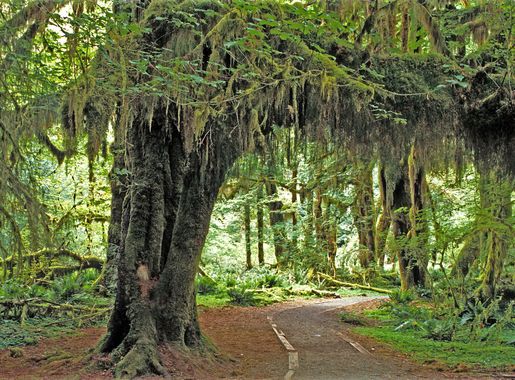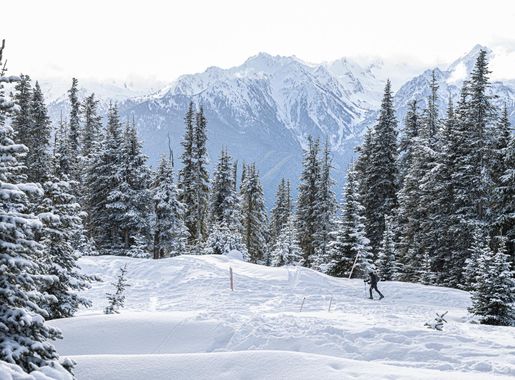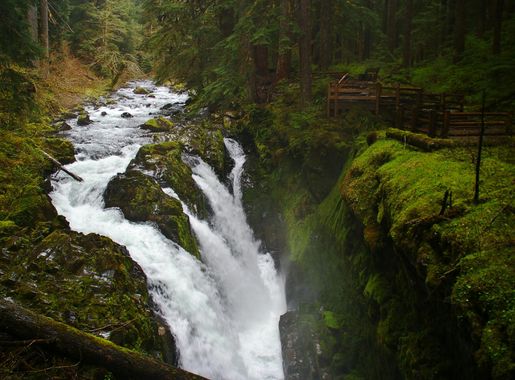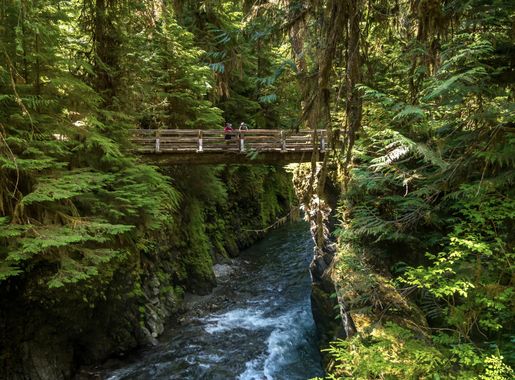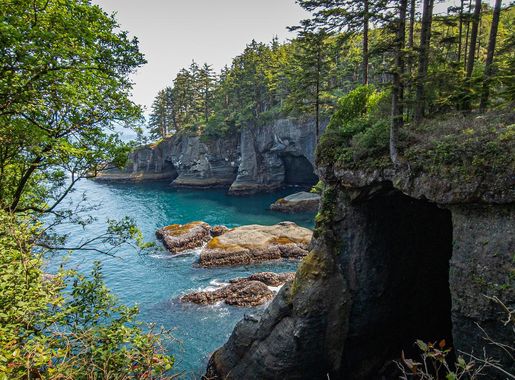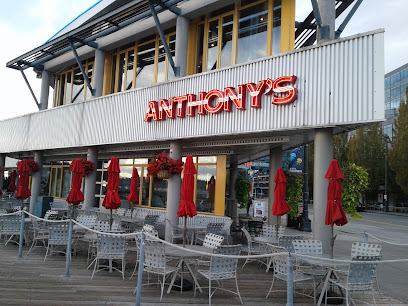
Olympic National Park: Nature's Majestic Playground
Discover the diverse beauty of Olympic National Park, where temperate rainforests, rugged coastlines, and snow-capped mountains converge in Washington State.
Olympic National Park, located in Washington State, is a haven for nature lovers and adventure seekers alike. This expansive park covers nearly a million acres and boasts diverse ecosystems, from lush temperate rainforests to rugged coastlines and snow-capped mountains. Visitors can explore the park's three distinct regions: the Pacific coastline, the temperate rainforest, and the alpine areas, each offering unique experiences and breathtaking scenery. One of the park's highlights is the Hoh Rain Forest, where towering ancient trees draped with moss create an enchanting, almost otherworldly atmosphere. Here, you can stroll along well-maintained trails, such as the Hall of Mosses, and immerse yourself in the lush greenery and tranquility of this incredible ecosystem. The rugged coastline of Olympic National Park is equally captivating, with its dramatic sea stacks, tide pools teeming with marine life, and scenic beaches like Ruby Beach and Rialto Beach. These coastal areas are perfect for tide pooling, beachcombing, and watching stunning sunsets over the Pacific Ocean. For those seeking alpine adventures, the park's mountainous regions, including Hurricane Ridge, offer panoramic views, wildflower meadows, and opportunities for hiking, snowshoeing, and skiing. The diversity and natural beauty of Olympic National Park make it an unforgettable destination for tourists of all interests and ages.
Local tips in Olympic National Park
- Visit early in the morning or late afternoon to avoid crowds and enjoy the park's tranquil beauty.
- Bring layered clothing as the weather can change rapidly, especially in the higher elevations.
- Don't miss the tide pools at low tide along the park's coastline for a close-up view of marine life.
- Carry a map and know your routes, as cell service can be unreliable in many parts of the park.
- Consider visiting in the shoulder seasons (spring and fall) for fewer crowds and equally stunning scenery.
Olympic National Park: Nature's Majestic Playground
Olympic National Park, located in Washington State, is a haven for nature lovers and adventure seekers alike. This expansive park covers nearly a million acres and boasts diverse ecosystems, from lush temperate rainforests to rugged coastlines and snow-capped mountains. Visitors can explore the park's three distinct regions: the Pacific coastline, the temperate rainforest, and the alpine areas, each offering unique experiences and breathtaking scenery. One of the park's highlights is the Hoh Rain Forest, where towering ancient trees draped with moss create an enchanting, almost otherworldly atmosphere. Here, you can stroll along well-maintained trails, such as the Hall of Mosses, and immerse yourself in the lush greenery and tranquility of this incredible ecosystem. The rugged coastline of Olympic National Park is equally captivating, with its dramatic sea stacks, tide pools teeming with marine life, and scenic beaches like Ruby Beach and Rialto Beach. These coastal areas are perfect for tide pooling, beachcombing, and watching stunning sunsets over the Pacific Ocean. For those seeking alpine adventures, the park's mountainous regions, including Hurricane Ridge, offer panoramic views, wildflower meadows, and opportunities for hiking, snowshoeing, and skiing. The diversity and natural beauty of Olympic National Park make it an unforgettable destination for tourists of all interests and ages.
When is the best time to go to Olympic National Park?
Unmissable attractions to see
Space Needle
Experience breathtaking views and rich history at the Space Needle, Seattle’s iconic observation tower, a must-visit for every traveler.
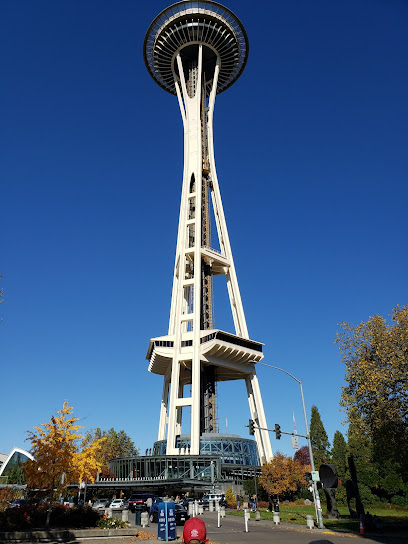
Chihuly Garden and Glass
Explore the stunning glass sculptures and enchanting gardens of Chihuly Garden and Glass in Seattle, a unique artistic experience for all visitors.
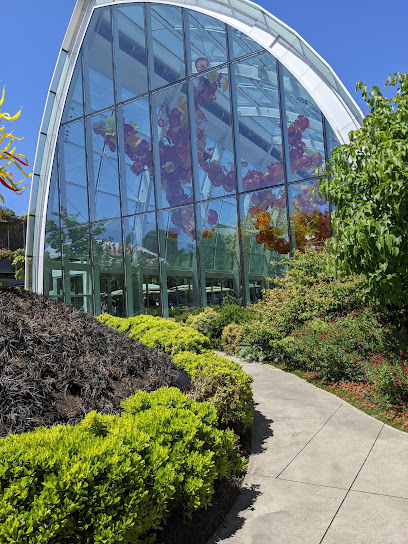
The Museum of Flight
Discover the rich history of aviation and space exploration at The Museum of Flight in Seattle, a must-visit for tourists and aviation enthusiasts alike.
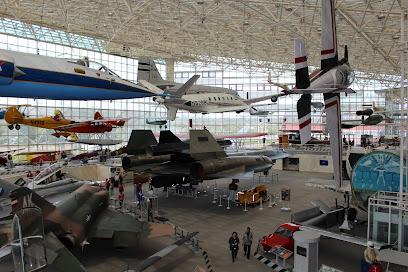
Seattle Premium Outlets
Discover unbeatable discounts at Seattle Premium Outlets, the ultimate shopping destination in Washington with over 130 outlets offering incredible savings.
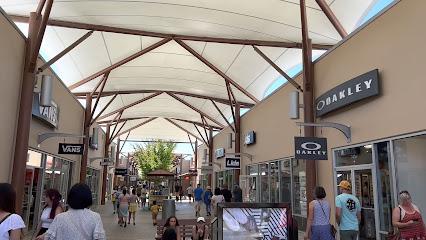
Gas Works Park
Explore Gas Works Park, Seattle's enchanting urban park with stunning views, rich history, and endless recreational opportunities for tourists.

Alki Beach Park
Discover the beauty of Alki Beach Park, a scenic urban oasis in Seattle, perfect for beach lovers, families, and outdoor enthusiasts.
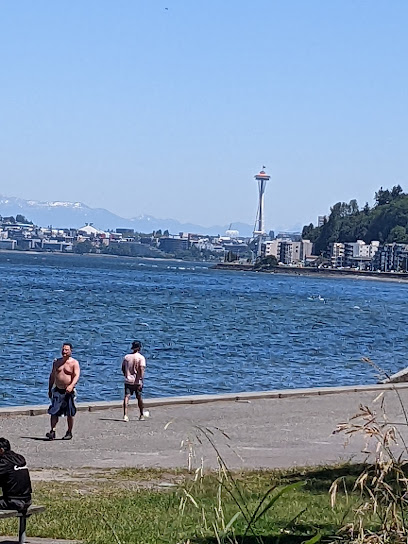
Golden Gardens Park
Experience the beauty and recreational opportunities at Golden Gardens Park, Seattle's stunning waterfront park with sandy beaches and scenic trails.
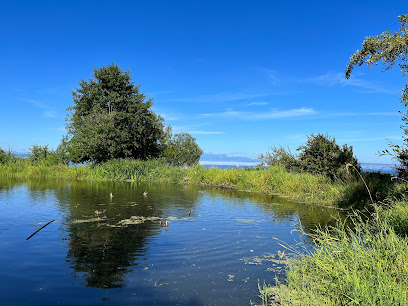
Olympic Sculpture Park
Explore the Olympic Sculpture Park in Seattle, where contemporary art meets breathtaking waterfront views in a serene outdoor setting.
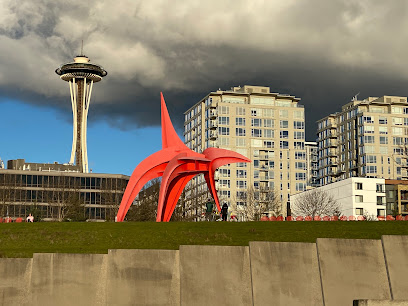
Discovery Park
Explore the natural beauty and tranquility of Discovery Park in Seattle, a perfect destination for nature lovers and outdoor enthusiasts.
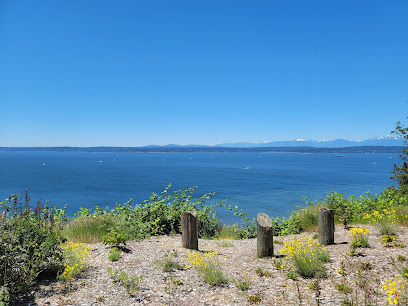
Seattle Art Museum
Explore the rich tapestry of global art at the Seattle Art Museum, a must-visit cultural landmark in downtown Seattle.
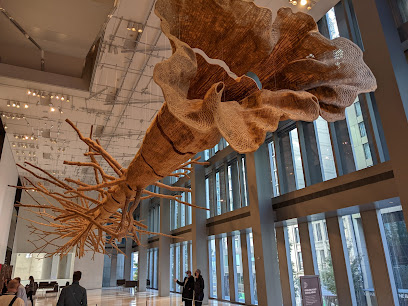
Volunteer Park
Explore Volunteer Park in Seattle, an urban oasis featuring gardens, art, and breathtaking views, perfect for a relaxing day in the city.

Lincoln Park
Explore Lincoln Park in Seattle, a stunning urban park with breathtaking views, diverse wildlife, and endless recreational opportunities for every traveler.
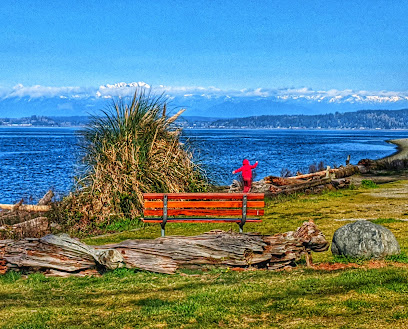
Lake Sammamish State Park
Explore the natural wonder of Lake Sammamish State Park, a perfect spot for swimming, boating, and enjoying serene nature trails in Washington.
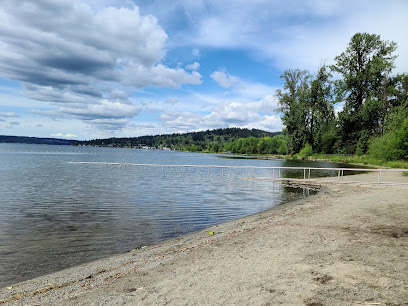
Lake Union Park
Explore the natural beauty and recreational offerings of Lake Union Park, a peaceful urban retreat in the heart of Seattle's South Lake Union.
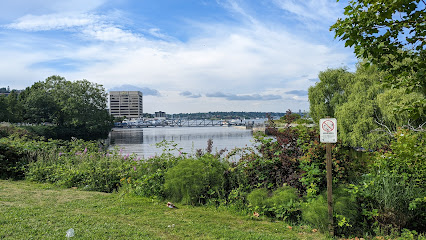
Carkeek Park
Discover the beauty of Carkeek Park, where lush forests meet scenic beaches in the heart of Seattle's urban landscape.

Essential places to dine
The 5 Point Cafe | 24 Hour Legendary Dive Bar & Diner
Experience Seattle's vibrant nightlife at The 5 Point Cafe - your go-to dive bar & diner open 24/7 for delicious American cuisine.

Elliott's Oyster House
Experience the finest oysters and Pacific Northwest seafood at Elliott's Oyster House in Seattle - where flavor meets waterfront views.
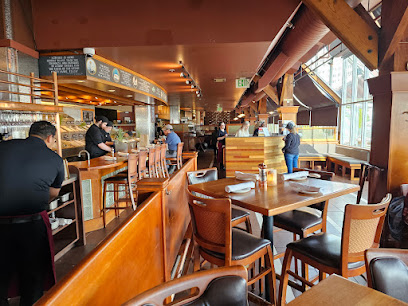
Toulouse Petit Kitchen & Lounge
Experience exquisite Creole cuisine at Toulouse Petit Kitchen & Lounge in Seattle - a culinary gem blending Southern charm with French elegance.

Anthony's HomePort
Experience exceptional seafood dining with breathtaking waterfront views at Anthony's HomePort in Des Moines.
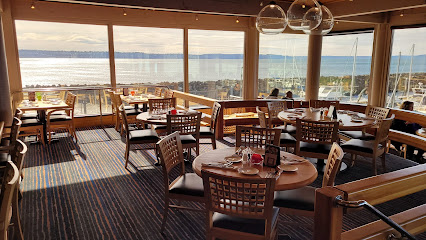
Geraldine's Counter Restaurant
Experience delightful American breakfast and brunch at Geraldine's Counter in Seattle's vibrant Rainier Valley.
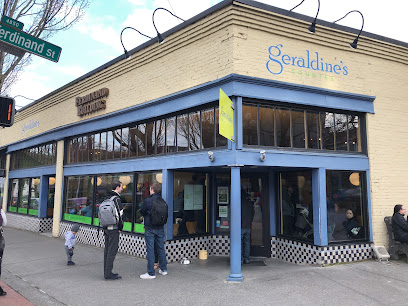
Chinook's At Salmon Bay
Experience fresh seafood delights at Chinook's At Salmon Bay in Seattle with stunning waterfront views.
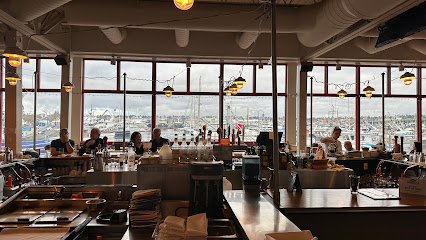
Anthony's Pier 66 & Bell Street Diner
Experience exquisite seafood dining at Anthony's Pier 66 & Bell Street Diner with stunning waterfront views in Seattle.
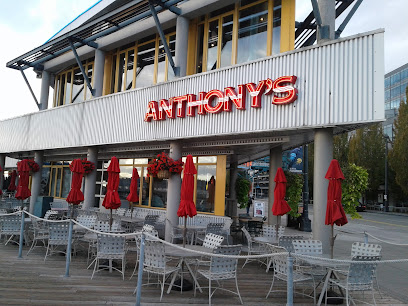
The Capital Grille
Experience exquisite fine dining at The Capital Grille in Seattle, offering prime steaks, fresh seafood, and an extensive wine selection.
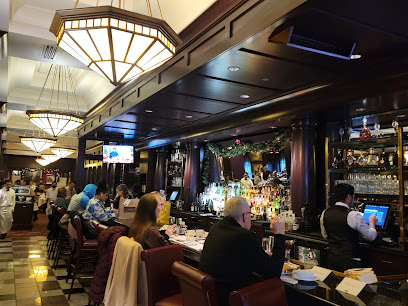
Tilikum Place Cafe
Discover the flavors of Europe at Tilikum Place Cafe, where breakfast meets brunch in a cozy Belltown setting.

AQUA by El Gaucho
Experience exquisite seafood dining with breathtaking waterfront views at AQUA by El Gaucho in Seattle.
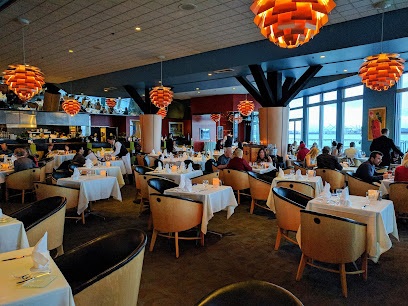
Copper Creek Inn Restaurant & Lodging
Experience rustic charm at Copper Creek Inn Restaurant & Lodging—your gateway to adventure near Mount Rainier National Park.
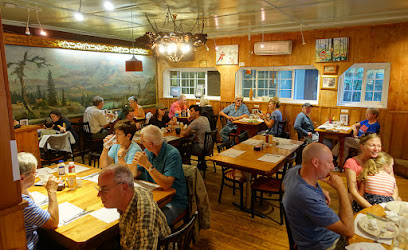
Rusty Pelican Cafe
Discover delightful breakfast and brunch at Rusty Pelican Cafe in Edmonds - where every bite feels like home.
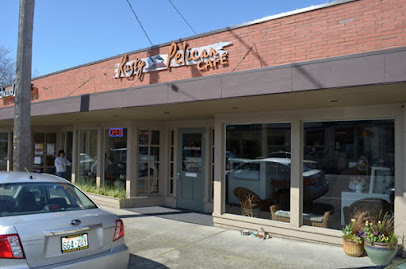
Mioposto Pizzeria
Discover Mioposto Pizzeria: Where authentic wood-fired pizza meets delightful brunch in Seattle's Rainier Valley.
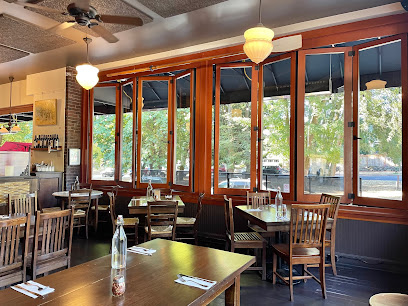
The Hook Seafood Broiler
Experience fresh coastal flavors at The Hook Seafood Broiler in Lynnwood - where every dish tells a delicious story.

Summit House Restaurant
Experience exquisite dining with breathtaking views at Summit House Restaurant on Crystal Mountain.
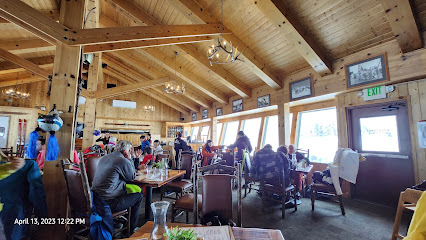
Markets, malls and hidden boutiques
THE STAR STORE
Discover unique gifts and local delights at The Star Store in Langley, your go-to shop for souvenirs on Whidbey Island.
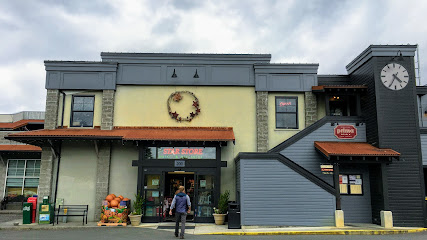
A Special Touch Flowers & Gifts
Explore A Special Touch Flowers & Gifts in Langley, WA, for exquisite floral arrangements and unique gifts, perfect for any occasion.
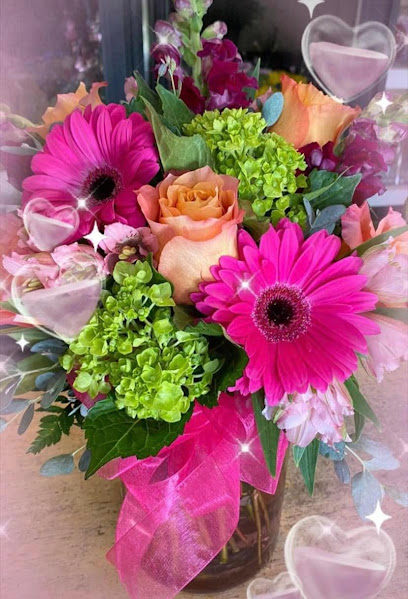
Artisan Crafted Home
Discover Artisan Crafted Home in Langley, WA – your destination for unique gifts and handcrafted home goods that inspire and delight.
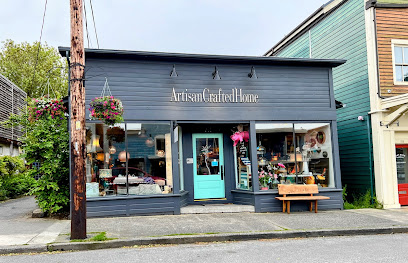
Local Phrases about Olympic National Park
-
- HelloChinook Wawa: Halo
[ha-low] - GoodbyeChinook Wawa: Klahowya
[kla-hou-yah] - YesChinook Wawa: Ayu
[ah-yoo] - NoChinook Wawa: Wake
[wah-kee] - Please/You're welcomeChinook Wawa: Mamook maika tumtum
[mah-mook my-kuh toom-toom] - Thank youChinook Wawa: Masi
[mah-see] - Excuse me/SorryChinook Wawa: Spose nika wake
[spohs nee-kuh wah-kee] - How are you?Chinook Wawa: Pe halo nika
[pee ha-low nee-kuh] - Fine. And you?Chinook Wawa: Halo. Pe nika?
[ha-low. pee nee-kuh?] - Do you speak English?Chinook Wawa: Pe wawa Chinook nesika?
[pee wah-wah chin-ook neh-sigh-kuh?] - I don't understandChinook Wawa: Nika mamook klatawa kopa
[nee-kuh mah-mook cla-ta-wah koh-pah]
- HelloChinook Wawa: Halo
-
- I'd like to see the menu, pleaseChinook Wawa: Nika mamook nanitch klatawa, spose
[nee-kuh mah-mook nah-nitch kla-ta-wah, spohs] - I don't eat meatChinook Wawa: Nika mamook klatawa kopa muckamuck
[nee-kuh mah-mook cla-ta-wah koh-pah muh-ka-muhk] - Cheers!Chinook Wawa: Yutlilum
[yoo-lee-lum] - I would like to pay, pleaseChinook Wawa: Nika mamook solleksion, spose
[nee-kuh mah-mook soh-lek-shun, spohs]
- I'd like to see the menu, pleaseChinook Wawa: Nika mamook nanitch klatawa, spose
-
- Help!Chinook Wawa: Tikegh
[ti-kegh] - Go away!Chinook Wawa: Klahowya
[kla-hou-yah] - Call the Police!Chinook Wawa: Mamook kopa polis
[mah-mook koh-pah poh-liss] - Call a doctor!Chinook Wawa: Mamook kopa klatawa
[mah-mook koh-pah cla-ta-wah] - I'm lostChinook Wawa: Nika mamook klatawa kopa illahee
[nee-kuh mah-mook cla-ta-wah koh-pah il-lah-hee] - I'm illChinook Wawa: Nika mamook kopa sik
[nee-kuh mah-mook koh-pah seek]
- Help!Chinook Wawa: Tikegh
-
- I'd like to buy...Chinook Wawa: Nika mamook muckamuck
[nee-kuh mah-mook muh-ka-muhk] - I'm just lookingChinook Wawa: Nika mamook nanitch
[nee-kuh mah-mook nah-nitch] - How much is it?Chinook Wawa: Kahkwa mesika illahee?
[kah-kwah meh-sigh-kuh il-lah-hee?] - That's too expensiveChinook Wawa: Kahkwa mesika illahee hyas alta
[kah-kwah meh-sigh-kuh il-lah-hee hy-as al-tah] - Can you lower the price?Chinook Wawa: Pe mesika mamook tolo hyas alta?
[pee meh-sigh-kuh mah-mook toh-loh hy-as al-tah?]
- I'd like to buy...Chinook Wawa: Nika mamook muckamuck
-
- What time is it?Chinook Wawa: Kahkwa tikegh mesika?
[kah-kwah ti-kegh meh-sigh-kuh] - It's one o'clockChinook Wawa: Tikegh illahee kopa klaska
[ti-kegh il-lah-hee koh-pah klah-skuh] - Half past (10)Chinook Wawa: Alki kopa klaska
[al-kee koh-pah klah-skuh] - MorningChinook Wawa: Tum Tum sun
[toom toom suhn] - AfternoonChinook Wawa: Alta sun
[al-tah suhn] - EveningChinook Wawa: Ahnkuttie sun
[ahn-kut-tee suhn] - YesterdayChinook Wawa: Alta sun
[al-tah suhn] - TodayChinook Wawa: Hyas sun
[hy-as suhn] - TomorrowChinook Wawa: Kopa sun
[koh-pah suhn] - 1Chinook Wawa: Klaska
[klah-skuh] - 2Chinook Wawa: Moxt
[mohxt] - 3Chinook Wawa: Klone
[kloh-nee] - 4Chinook Wawa: Lakit
[lah-kit] - 5Chinook Wawa: Kwinnum
[kwin-num] - 6Chinook Wawa: Tlun
[tloohn] - 7Chinook Wawa: Suptun
[soop-toohn] - 8Chinook Wawa: Stolo
[stoh-loh] - 9Chinook Wawa: Dini
[dee-nee] - 10Chinook Wawa: Tahtlum
[taht-lum]
- What time is it?Chinook Wawa: Kahkwa tikegh mesika?
-
- Where's a/the...?Chinook Wawa: Kahkwa kopa...
[kah-kwah koh-pah] - What's the address?Chinook Wawa: Kahkwa kopa illahee?
[kah-kwah koh-pah il-lah-hee] - Can you show me (on the map)?Chinook Wawa: Pe mesika mamook kopa tahtlum?
[pee meh-sigh-kuh mah-mook koh-pah taht-lum] - When's the next (bus)?Chinook Wawa: Kahkwa kopa alta (bus)?
[kah-kwah koh-pah al-tah bus] - A ticket (to ....)Chinook Wawa: Alta mamook (kopa ....)
[al-ta mah-mook koh-pah]
- Where's a/the...?Chinook Wawa: Kahkwa kopa...
History of Olympic National Park
-
Olympic National Park's diverse ecosystem was shaped over millions of years by glacial activity, volcanic eruptions, and tectonic shifts. The first human inhabitants of the Olympic Peninsula, including the Klallam, Quinault, Makah, and Hoh tribes, arrived thousands of years ago, thriving on the abundant natural resources found in the forests, rivers, and coastline.
-
The late 18th century saw the arrival of European explorers such as Captain James Cook and Spanish navigator Juan Francisco de la Bodega y Quadra. These early expeditions mapped the coastline and established the first interactions with native tribes. The subsequent 19th century brought settlers and loggers to the region, leading to significant changes in the landscape and local culture.
-
In 1909, President Theodore Roosevelt designated the area as Mount Olympus National Monument to protect its unique and diverse ecosystems from the encroaching logging industry. This designation highlighted the importance of preserving the natural beauty and biological diversity of the region for future generations.
-
The national monument status was expanded in 1938 when President Franklin D. Roosevelt signed the bill establishing Olympic National Park. This new designation offered greater protection and expanded the park's boundaries to include not only the mountainous interior but also the lush temperate rainforests and rugged Pacific coastline.
-
During World War II, the park saw limited military activity, including coastal defense installations. After the war, increased infrastructure development led to improved access for tourists, and the park became a popular destination for nature enthusiasts and adventurers, further solidifying its status as a national treasure.
-
In 1981, Olympic National Park was designated as both a UNESCO World Heritage Site and an International Biosphere Reserve. These recognitions underscored the park's global ecological significance and the importance of its conservation efforts in preserving rare and endangered species and unique ecosystems.
-
Today, Olympic National Park continues to be a focal point for conservation and scientific research. Efforts to restore native species, such as the Roosevelt elk and salmon, and to mitigate the impacts of climate change are ongoing. The park remains a testament to the balance between human activity and natural preservation.
Olympic National Park Essentials
-
Olympic National Park is located on the Olympic Peninsula in Washington State. The nearest major airport is Seattle-Tacoma International Airport (SEA), about 100 miles from the park. From the airport, you can rent a car and take a scenic drive via US-101. Alternatively, you can use public transportation options such as Greyhound buses or the Olympic Bus Lines, which offer routes to nearby towns like Port Angeles, a popular gateway to the park.
-
Once inside the park, the best way to get around is by car. The park is vast, and many of its most stunning features are spread out. There are several car rental agencies in nearby towns. If you prefer not to drive, there are shuttle services that operate during peak seasons. Biking is another option; however, be prepared for hilly and sometimes rugged terrain. Hiking is also a great way to explore the park’s many trails.
-
The United States Dollar (USD) is the official currency. Credit and debit cards are widely accepted in nearby towns and at park facilities, including visitor centers and lodges. It is advisable to carry some cash for use in more remote areas where card payments may not be possible. ATMs are available in Port Angeles and other nearby towns, but not within the park itself.
-
Olympic National Park is generally safe for visitors, but it's essential to follow standard safety precautions. Stay on marked trails, be aware of wildlife, and carry bear spray if hiking in remote areas. Keep an eye on weather conditions as they can change rapidly. Crime rates are low, but it’s always good practice to lock your vehicle and keep valuables out of sight. Avoid walking alone in poorly lit areas of nearby towns at night.
-
In case of emergency, dial 911. The park has several ranger stations equipped to handle emergencies, and first aid is available at the visitor centers. It's advisable to carry a basic first aid kit and know the locations of the nearest ranger stations. For non-urgent medical issues, the nearest hospitals are in Port Angeles. Always inform someone of your travel plans, especially if venturing into remote areas.
-
Fashion: Do wear layers and waterproof clothing, as weather can be unpredictable. Avoid overly casual clothing when dining in nicer establishments in nearby towns. Religion: Respect any cultural or spiritual sites you may encounter. Public Transport: Respect other passengers, and keep noise to a minimum. Buses may be infrequent, so plan accordingly. Greetings: A simple handshake is standard. Be friendly and respectful to park staff and other visitors. Eating & Drinking: Do try local seafood and other regional specialties. Don’t leave food unattended, as it can attract wildlife.
-
To experience Olympic National Park like a local, visit during the shoulder seasons (spring and fall) to avoid crowds. Spend time in the lesser-known areas like the Staircase region or the Ozette Triangle. Engage with park rangers who can offer valuable insights and hidden gems. Don't miss the tide pools at Rialto Beach and the hot springs at Sol Duc. If you’re into stargazing, Hurricane Ridge offers some of the best night skies in the region.
Nearby Cities to Olympic National Park
-
Things To Do in Kirkland
-
Things To Do in Seattle
-
Things To Do in Everett
-
Things To Do in Bremerton
-
Things To Do in Redmond
-
Things To Do in Bellevue
-
Things To Do in Marysville
-
Things To Do in Renton
-
Things To Do in Kent
-
Things To Do in Federal Way
-
Things To Do in Auburn
-
Things To Do in Tacoma
-
Things To Do in Bellingham
-
Things To Do in Yakima
-
Things To Do in Hood River

